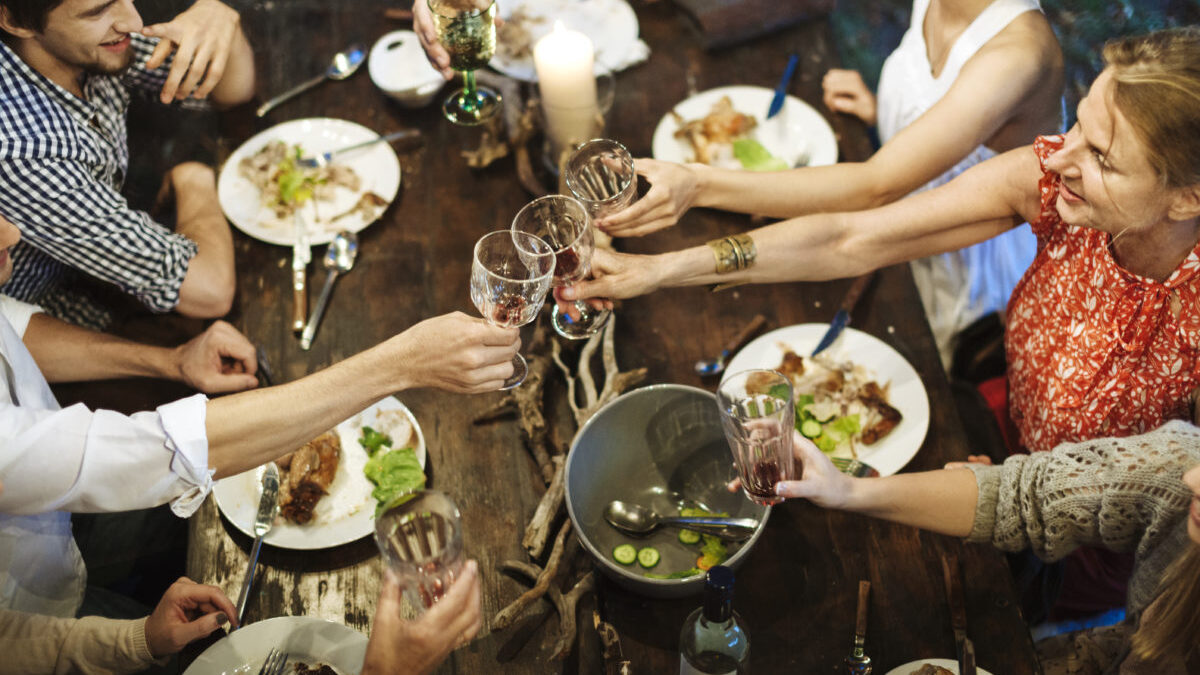Remember what it was like to read the day’s headlines without experiencing a surge of shock, shame or rage? Me neither. It must have been so … inspiring.
That sense of dissention and division we feel isn’t unique to any one community. Many argue America is more divided now than any time since the Civil War, and there are plenty of stats to back it.
What I’ve always seen as the silver lining of this polarizing time is that it brings what otherwise might be unlikely friends together in bias-busting ways. And the smartest brands in the room are figuring out that, amongst all this divisiveness, they have a great opportunity to build belonging.
And the smartest brands in the room are figuring out that, amongst all this divisiveness, they have a great opportunity to build belonging.Click To TweetAt Stratfest last week, Grey New York’s Global Chief Strategy Officer Suresh Nair presented research showing Americans are sick of feeling divided (63%) and actively seeking a solution – 88% agree we must come together. And, while brands are not yet seen as a force of togetherness today (73% say brands don’t bring them together with others), they do have ability to wade in carefully.
As someone who guides strategy for food and beverage brands, this gets my wheels turning. Since the beginning of time, food has brought people together in ways ranging from mundane to intimate to exotic. Today, food is, for many, a way to explore and learn about other cultures and perspectives, as well as an opportunity to connect with others, discuss the events of the day and, yes, even debate different points of view. Food brands might be BEST positioned to wade into this area, provided they can make it relevant.
Food brands might be BEST positioned to wade into this area, provided they can make it relevant.Click To TweetKeep in mind, this communication strategy is not a fit for every brand – it should be carefully considered and challenged before being embarked upon. And, if you do decide to pursue such an approach, figuring out how to in a way appropriate for your brand involves much more than reading this blog post. But here are a few thought starters to consider:
Structuring Your Story – Plug into a togetherness narrative that fits with peoples’ lives and present day experiences. Think about marrying your story archetype with your brand archetype. Take a page out of Nike’s book and invite people to join you on a quest for something better.
Actioning AND Talking– We’re in a no-BS era. If you’re weaving a story about togetherness and belonging, you best be truly committed to the cause. Be ready to commit time, resources and C-suite energy to demonstrate your dedication. Levi Strauss & Co’s “Vote” campaign is a great example of how this can be done with conviction, inclusivity and commitment from the top.
Rewarding Differences – One way to build belonging is to facilitate interactions that draw out and reward differing opinions. The KIND Foundation’s – Pop Your Bubble campaign does a great job of this for external audiences, challenging how social media perpetuates herd thinking. But this concept also applies to, and is arguably more important for, internal audiences. According to organizational psychologist Adam Grant, Sheryl Sandberg often starts meetings at Facebook with “Here’s the topic. I want to go around the room and hear everyone’s opinion” so people can’t be biased toward what she’s favoring.
I can’t help but feel we’re sitting among a pile of burning embers, waiting for the phoenix to rise from the ashes. There are infinite opportunities for brands to create experiences that foster respect for a more diversified form of togetherness.
For more insights on communication and brand strategy, industry trends and more, subscribe today to the Weekly Buzz here.

